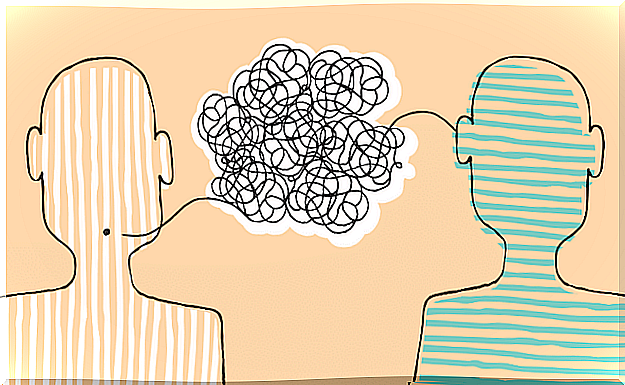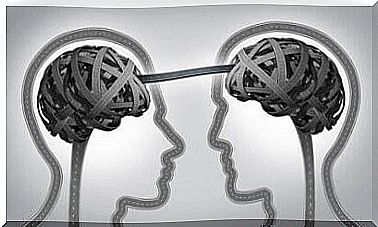Effective Communication According To Paul Watzlawick

Paul Watzlawick was an Austrian psychologist and researcher who proposed five axioms for achieving effective communication. He is considered one of the most important contemporary theorists on communication. He also brought a lot of elements to applied psychotherapy in the family domain.
This man began, in 1967, to work on the subject of effective communication. He believed that this aspect was fundamental to understand and improve human relations, especially at the family level. It was from there that his five axioms were born. They are also sometimes given the name of inter-relational theory.
Paul Watzlawick was also a very prolific writer. He has published 18 books and around 150 academic articles. He carried out his research at the Mental Research Institute of the University of Palo Alto (California, USA) and was also professor of psychiatry at Stanford University. Here are its five axioms and fundamental principles of effective communication.
It is impossible not to communicate
The first axiom of Paul Watzlawick’s theory states that it is impossible not to communicate. Every human being communicates from birth. He cannot avoid it. Even if he doesn’t speak, his body will still be communicating something.
The look, the posture, the expression of the face and the body are ways of manifesting our thoughts. Silence or stillness are even ways of communicating a message. Therefore, communication is inherent in human being.

Content, relation and punctuation
Paul Watzlawick’s second axiom indicates that all communication has two levels: one of content and the other of relation. In other words, a message acquires meaning thanks to what is said, but also thanks to the link existing between the two people who communicate. Telling the other person that he is “an idiot” can be an offense, a joke, or even a manifestation of attachment. It all depends on the context.
For its part, the third axiom speaks of punctuation or the way in which communication between two people flows or stops. Each part contributes to give continuity, to modulate or to widen the exchange which occurs with the communication.
Analogue and digital – Symmetrical and complementary
Paul Watzlawick’s fourth axiom states that there are two basic types of communication: digital or verbal communication and analog or non-verbal communication. Therefore, it is not only the words exchanged that have an influence but also the way they are said. This constitutes a complete message.
Finally, the fifth axiom indicates that communication can be symmetrical or complementary. Symmetric communication is that which takes place between equals. Complementary is that which occurs vertically, that is to say between a person who has power and another who does not.
Effective communication
All of these axioms enabled Watzlawick to establish parameters for effective communication. This occurs when axioms work properly and when people manage to tune in to the themes and tones in which they speak.
We speak more particularly of effective communication when these criteria are met:
- The code is correct. We say or manifest a message with the words and expressions that really make it possible to understand what we want to convey. A declaration of love does not happen through an equation.
- Code alterations are avoided. In other words, we must avoid imprecise expressions, words or gestures. You have to look for accuracy.
- We take into account the situation of the receiver. When saying something, we must consider the characteristics and the situation of the person who is going to listen to it or read it. For example, it is obvious that we do not speak the same way to a child and an adult.
- We analyze the framework in which the communication takes place. The context is taken into account. Communication must be consistent with the situation in which it occurs. For example, we should avoid telling a joke at a funeral.
- The punctuation in the sequence of events is well defined. This means that the communication has an adequate rhythm. We alternate the pauses with the demonstrations of each one, in a favorable tone.
- Digital communication matches analog communication. Verbal language is consistent with non-verbal language.
- The communicator has a good receiver. The people involved know how to speak and also how to listen.

Paul Watzlawick points out that communication fails mainly when people fail to deviate from their own point of view. Or when they exchange words with others. In this case, the listening is broken and it is impossible to make yourself understood.










